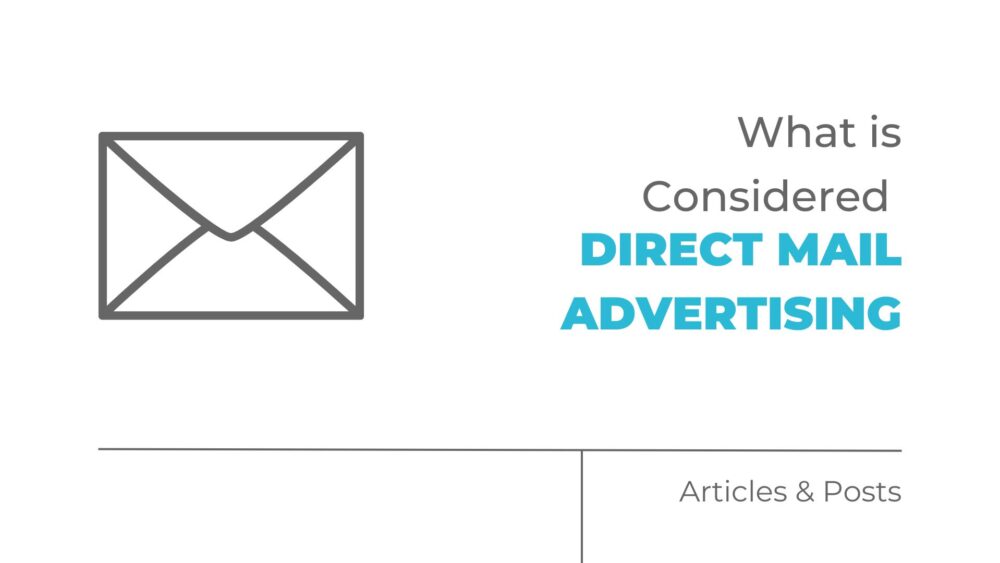There’s a lot of focus on digital advertisin these days, but wht is considered direct mail advertising?
Direct mail advertising means sending physical promotional materials directly to the homes or businesses of potential customers.
This includes postcards, catalogs, brochures, and letters designed to engage recipients and prompt them to take action.
It’s a proven method for reaching specific audiences with personalized messages that drive customer engagement and conversion.
Characteristics of Direct Mail Advertising
Focused Targeting
Direct mail advertising agencies launch campaigns that are laser-focused, allowing businesses to target specific demographics, geographic areas, or customer groups.
This precision ensures that the message reaches people who are most likely to be interested.
Personalized Touch
Direct mail excels at personalization.
Marketers can customize content with the recipient’s name, special offers, and other personal touches to increase engagement.
Physical Appeal
The tangible nature of direct mail gives it an edge over digital ads.
Recipients can hold and feel the materials, which if done well, leaves a lasting impression.
High-quality paper, vibrant colors, and creative designs amplify this effect.
Trackable Results
Direct mail campaigns can be monitored through methods like promo codes, QR codes, and personalized URLs.
This tracking helps businesses measure the campaign’s success and make informed decisions for future efforts.
High Engagement
Direct mail often sees higher engagement rates compared to digital ads.
The personal and physical aspects of direct mail catch attention and can lead to better response rates.
Direct Mail Advertising Example
Case Study: Local Gym Membership Drive
A neighborhood gym wanted to boost its membership numbers and decided to use direct mail to reach potential new members.
They sent personalized postcards to households within a five-mile radius of the gym.
- Campaign Strategy: The gym worked with a direct mail agency to create an eye-catching postcard featuring vibrant images of the gym and a clear call to action. Each postcard was personalized with the recipient’s name and included a promo code for a discounted membership.
- Personal Connection: Using variable data printing, each postcard was personalized, addressing recipients by name and offering a special deal.
- Tangible Incentive: The postcard included a detachable guest pass, allowing recipients to visit the gym for a free trial, serving as a physical reminder of the promotion.
- Results: The campaign led to a 15% increase in new memberships within the first month, showcasing the power of direct mail advertising.
Benefits of Direct Mail Advertising
“What are a few benefits?” you ask.
Cost-Effective Targeting
By focusing on specific audiences, businesses can maximize their marketing budgets and get a better return on investment. Direct mail allows for precise targeting, reducing wasted efforts.
Strong Brand Recall
The physical aspect of direct mail helps build brand memory. Recipients are more likely to remember a brand that has sent them something tangible, especially if it’s creatively designed.
Versatile Tool
Direct mail is flexible and can be used for various goals, such as promoting events, introducing new products, or driving traffic to a website or store. This adaptability makes it a valuable tool in any marketer’s toolkit.
At the End of the Day
Direct mail advertising can be highly effective, but it requires careful execution to avoid being discarded.
Key benefits include precise targeting, personalization, physical presence, measurable results, and high engagement rates.
When done well, direct mail, such as personalized postcards or captivating catalogs, offers a unique way to connect with customers and enhance marketing strategies.
However, without thoughtful design and relevance, these efforts risk being ignored.


Comments are closed.